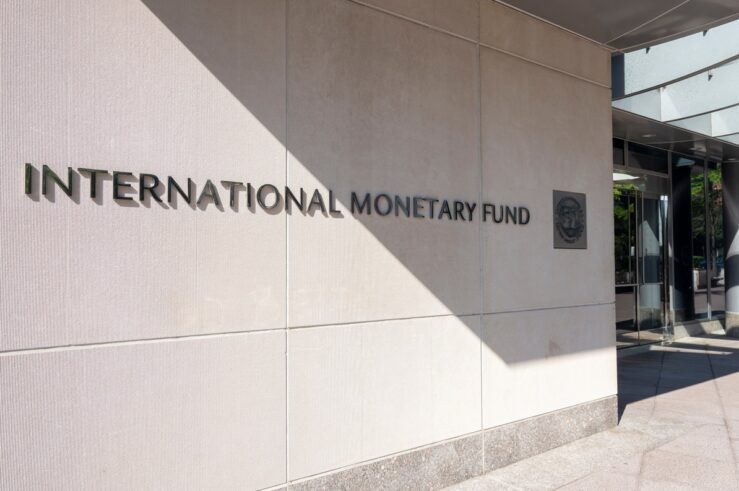Its the time for end of the year lists. In conjunction with Danny Sokol’s survey of nominations for article of the year in 2008 (here are last year’s entries and here’s my list of the top 10 from last year), and without further ado, here are my personal, idiosyncratic, completely non-scientifically derived top 10 antitrust articles for 2008 (in alphabetical order):
- Michael R. Baye, Market Definition and Unilateral Competitive Effects in Online Retail Markets, 4 Journal of Competition Law and Economics 639 (2008).
- Dennis W. Carlton & Ken Heyer, Extraction vs. Extension: The Basis for Formulating Antitrust Policy Toward Single Firm Conduct, 4(2) Competition Policy International 285 (2008).
- Department of Justice, Competition and Monopoly: Single Firm Conduct Under Section 2 of the Sherman Act
- Joseph Farrell & Carl Shapiro, Antitrust Evaluation of Horizontal Mergers: An Economic Alternative to Market Definition (working paper, 2008)
- Thomas W. Hazlett & Anil Caliskan, Natural Experiments in Broadband Regulation, 7 (4) Review of Network Economics (2008).
- Keith N. Hylton & David S. Evans, The Lawful Acquisition and Exercise of Monopoly Power and Its Implications for the Objectives of Antitrust, 4 (2) Competition Policy International 203 (2008)
- Benjamin Klein and Kevin M. Murphy, Exclusive Dealing Intensifies Competition for Distribution, 75 (2) Antitrust Law Journal 433 (2008).
- William E. Kovacic, Competition Policy in the European Union and the United States: Convergence or Divergence?
- Thomas A. Lambert, Dr. Miles is Dead, Now What? Structuring a Rule of Reason for Evaluating Minimum Resale Price Maintenance (William and Mary Law Rev., forthcoming)
- Timothy J. Muris & Vernon Smith, Antitrust and Bundled Discounts: An Experimental Analysis, 75 (2) Antitrust Law Journal 399 (2008)
So, which is the article of the year? And the winner is …. (my lame attempt at drama means you must hit beneath the fold to find out)
UPDATE: Danny Sokol has got the whole set of nominations posted at ACP Blog. There is some overlap with my list, and a few articles I was unaware of but am now looking forward to reading. Lots of variance in the list. No article is listed twice. Head over there to see the full list.
Dennis W. Carlton & Ken Heyer, Extraction vs. Extension: The Basis for Formulating Antitrust Policy Toward Single Firm Conduct, 4(2) Competition Policy International 285 (2008). Here’s the abstract:
In this article we distinguish between two types of single-firm conduct. The first, which we call “extraction,” is conduct engaged in by the firm to capture surplus from what the firm has itself created independent of the conduct’s effect on rivals. The second, which we call “extension,” is single firm conduct that increases the firm’s profit by weakening or eliminating the competitive constraints provided by products of rivals. We propose as a fundamental antitrust policy towards single-firm conduct the following: Conduct merely to extract surplus the firm has created independent of the conduct’s effect on rivals should be permitted. Conversely, conduct that extends the firm’s market power by impairing the competitive constraints imposed by rivals presents a legitimate cause for concern.
We subscribe strongly to the view that an essential element of appropriate antitrust policy is to allow a firm to capture as much of the surplus that, by its own investment, innovation, industry or foresight, the firm has itself brought into existence. We believe that alternative approaches to single-firm conduct, including in particular ones aiming to enhance static efficiency at the possible cost of dynamic efficiency and ones seeking to maximize overall welfare through more targeted intervention on a case-by-case basis (not to mention the use of competition policy to protect competitors rather than consumers) threaten seriously to impede economic growth and welfare over time.
A policy that goes further, and which permits all unilateral conduct regardless of competitive effects (perhaps on grounds that “even more profit will generate even more innovation”) is considered below and rejected as overly lenient, inconsistent with widely accepted presumptions in favor of inter-firm competition, and unwise, at least under the current state of economic knowledge. But we note that this conclusion is one based on our current economic knowledge and should remain a topic of ongoing research. It requires an empirical assessment of the gains from motivating more competition ex ante versus the subsequent loss of competition ex post.
Good, clear, empirically informed thinking on Section 2 is going to be the only way to productively resolve the ongoing and increasingly prominent monopolization debate in a way that is based on sound economic principles, a frank and honest assessment of the state of the empirical evidence on the practices at issue, and sensitivity to both Type I and Type II error costs. Whether or not one agrees with the ultimate policy conclusions of the article, and I disagree with a few but agree with most, this is the quality of academic work that I hope takes center stage in the continuing debate over the appropriate scope and content of Section 2.
Feel free to leave your thoughts on the list, articles I might have missed, or your own top articles in the comments.




